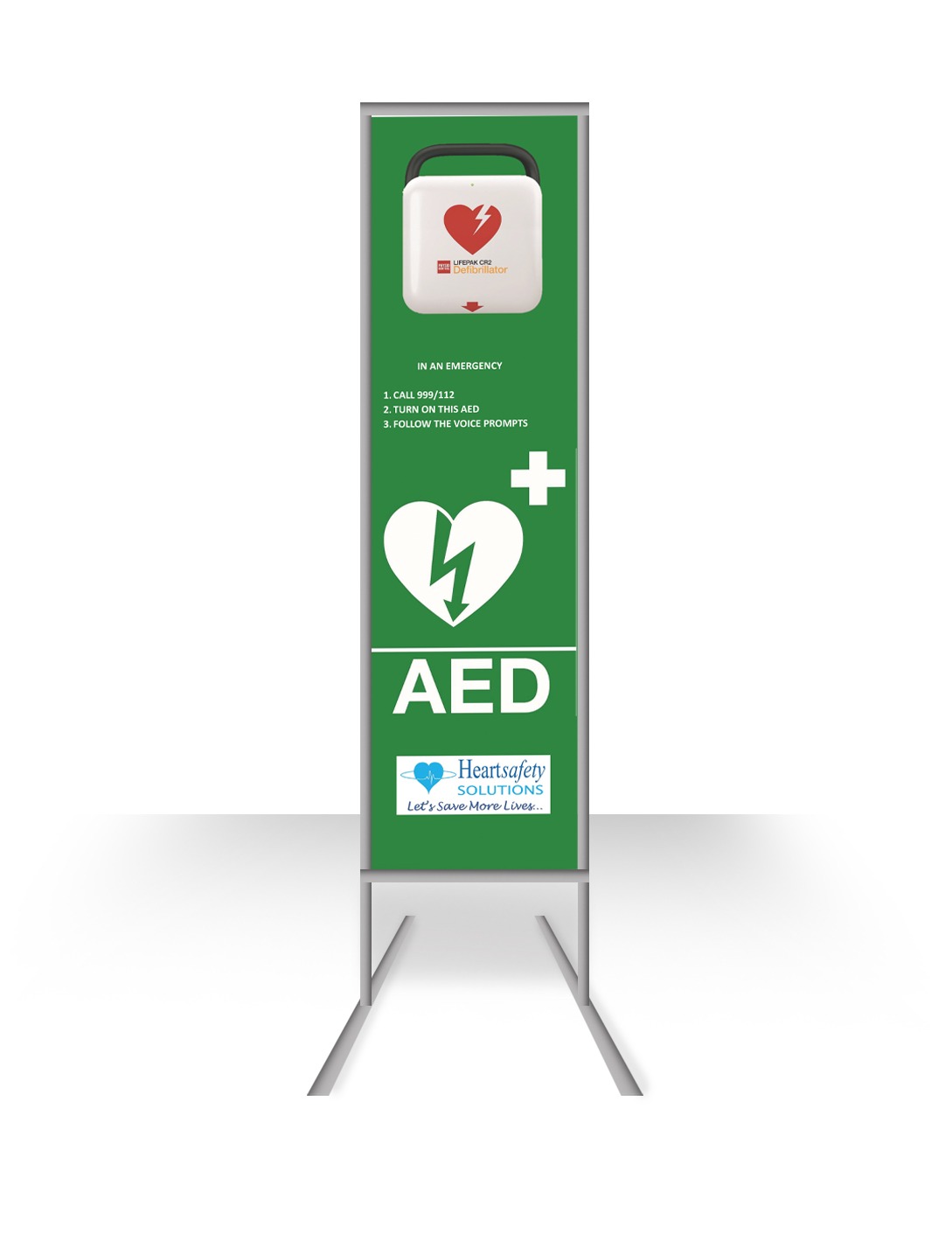

The cardiac arrest survival act is a critical step toward increasing cardiac arrest survival rates, but just as critical is the training of those who will use AED’s. This legislation will enable and encourage more placement and use of AED s in public places. This protection will encourage laypersons to respond in a cardiac emergency and use an AED. Second, the act extends good samaritan protections to AED users and to those who acquire AEDs in those states that do no currently have AED good samaritan protections. This helps to ensure the health and safety of everyone by encouraging ready access to the tools needed to improve cardiac arrest survival rates. First, it instructs the secretary of Health and Human services to make recommendations to promote public access to defibrillation programs in federal buildings and other public areas across the country. The US senate has passed S.1488, the Cardiac Arrest Survival Act, which has two purposes. Now many non-EMS individuals are being trained to use AED s because these lifesaving machines are being placed in schools, parks, shopping malls, at golf courses, on airplanes, in airports, and in many other public gathering and recreational places.
#AED STANDS FOR HOW TO#
This special procedure is called defibrillation, which is an electrical shock given to a patient’s heart in an attempt to disrupt a lethal rhythm and allow the heart to re-establish a normal rhythm.ĮMTs and first responders have been learning how to assess and defibrillate certain lethal cardiac rhythms by using AEDs. The special procedure needed to save some of these patients can now be done in a pre-hospital setting by emergency-care providers such as first responders and EMT s. These deaths are often caused by lethal heart rhythms that must be corrected as soon as possible if the patients are to survive. The second problem stems from the fact that many heart attacks are fatal no matter how soon CPR is started. The first problem, delay in starting CPR, has been dramatically reduced through the training of more citizens who can administer CPR before EMS personnel arrive. Two early problems with recognizing and caring for heart attack patients are being resolved.

#AED STANDS FOR PROFESSIONAL#
The fact that most sudden cardiac arrest (SCA) deaths occur away from hospitals is the reason why there are CPR programs for both professional EMS personnel and for laypersons.

If it is necessary it will prompt the user to deliver the shock or automatically deliver the shock depending on the AED brand and specific functionality. The AED can automatically analyze the victims heart to determine whether or not a shock is necessary.
#AED STANDS FOR MANUAL#
An AED is essentially a simplified version of a manual defibrillator but works in a way that gives untrained individuals the ability to assist a victim that has experienced SCA (Sudden Cardiac Arrest). The main difference is the way the device analyzes the patient. The difference between an AED and a Defibrillator According to the American Heart Association, CPR rescue attempts using electric defibrillation or AEDs improves survival rates by as much as 49%. The shock will not start a dead heart, but it will stop certain lethal rhythms and give the heart a chance to spontaneously re-establish an effective rhythm on its own. It is a portable, battery powered, electronic device that can audibly prompt and deliver an electric shock that will disrupt or stop the heart’s dysrhythmic electrical activity. First, what is an AED? What is a defibrillator? AED stands for Automated External Defibrillator.


 0 kommentar(er)
0 kommentar(er)
